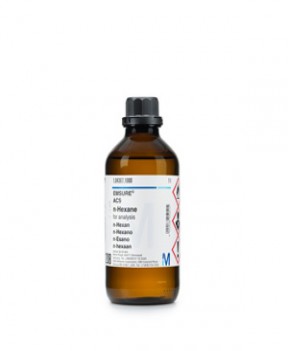Description
Reagent for detecting microbial indole in the identification of indole-positive and indole-negative microorganisms.
Mode of Action
Some microorganisms can cleave tryptophan which is especially abundant in trypticalle digested peptone to give pyruvic acid, ammonia and indole. Indole then reacts with 4-dimethylaminobenzaldehyde to form a dark red dye. As tryptophan also gives a colour reaction with 4-dimethylaminobenzaldehyde, it must be separated from the indole. This is achieved by selectively extracting indole with butanol.
Typical Composition
n-Butanol; hydrochloric acid; 4-dimethylaminobenzaldehyde.
Experimental Procedure and Evaluation
The strain purity of the organism to be tested must first be established; it is then inoculated into an appropriate culture medium (e.g. Standard II Nutrient Broth, Nitrate Broth, DEV Tryptophan Broth, SIM Medium, etc.) and incubated for 18-24hours at the optimal incubation temperature.
The medium is then covered with a layer of KOVÁCS’ indole reagent of about 0.5cm.
If indole is present the reagent layer turns cherry red in colour after a few minutes.
The reagent solution must be stored in the dark in the refrigerator, otherwise it may turn brown and cannot be used.


![Hydrochloric acid 2 mol/l (2 N) Titripur® [1 Litre]](https://idealmedical.co.za/wp/wp-content/uploads/2020/07/256-Hydrochloric-acid-200x200.jpg)


Reviews
There are no reviews yet.